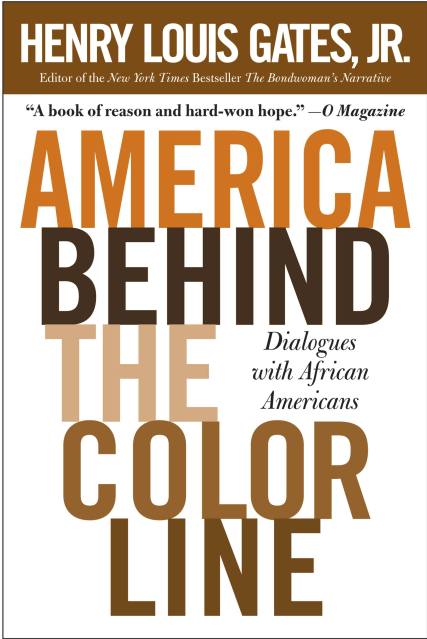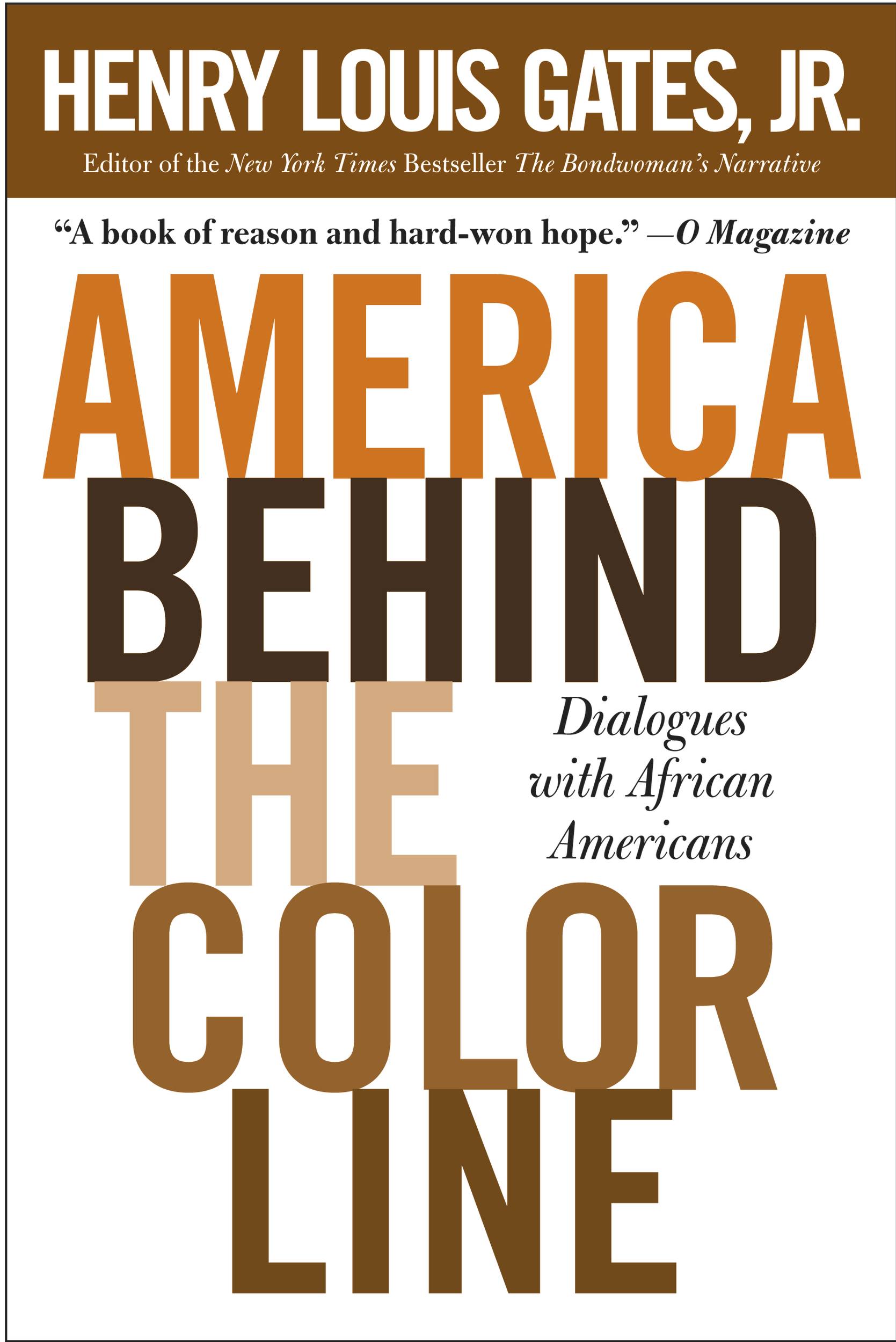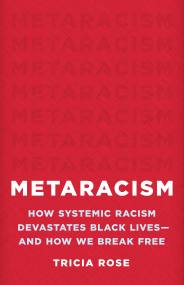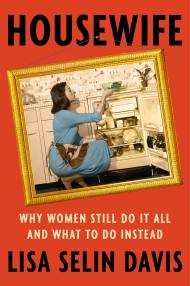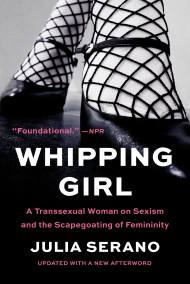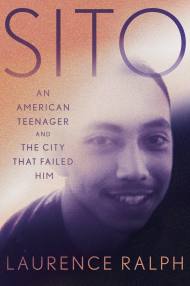Promotion
Use code MOM24 for 20% off site wide + free shipping over $45
America Behind The Color Line
Dialogues with African Americans
Contributors
Formats and Prices
Price
$9.99Price
$12.99 CADFormat
Format:
- ebook $9.99 $12.99 CAD
- Trade Paperback $24.99 $31.99 CAD
This item is a preorder. Your payment method will be charged immediately, and the product is expected to ship on or around October 15, 2007. This date is subject to change due to shipping delays beyond our control.
Also available from:
The readable companion, in the oral-history tradition of Studs Terkel, to the PBS documentary series, peeking behind the veil “that still, far too often, separates black America from white.”
Genre:
- On Sale
- Oct 15, 2007
- Page Count
- 464 pages
- Publisher
- Grand Central Publishing
- ISBN-13
- 9780446533904
Newsletter Signup
By clicking ‘Sign Up,’ I acknowledge that I have read and agree to Hachette Book Group’s Privacy Policy and Terms of Use
